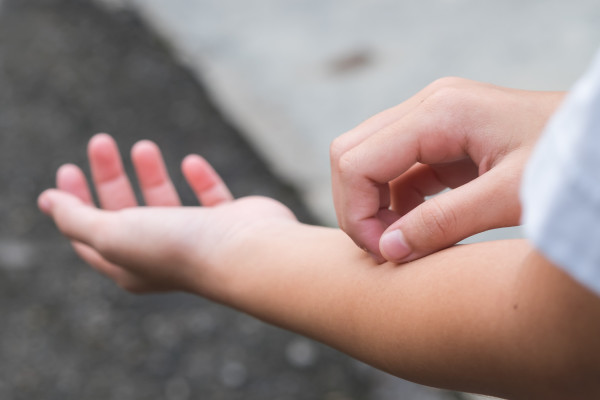The HSE has issued a warning of Lyme Disease and highlights the practical ways to avoid ticks as the summer draws closer.
As the warmer temperatures arrive, ticks become more active. Those who enjoy the great outdoors are particularly at risk of coming into contact with them.
May 1, 2018, marks Lyme Disease Awareness Day and the HSE has released some top tips on avoiding ticks to ultimately protect yourself and your children from Lyme disease.
Ticks are present throughout Ireland, in both urban and rural areas. They are little spider-like creature that feeds on the blood of mammals, birds and humans.
Their preferred habitats are shady and humid woodland clearings, parkland and heathland with grass and depending on the type of tick, open fields and bushes.
Ticks walk on the ground and climb plants. They latch on to a passing animal or people by using hooks on their legs.
According to the experts, April onwards is the time when they anticipate a spike of Lyme diseases cases in Ireland. Their most active periods are from spring right through to autumn.
Specialist in Public Health Medicine at the HSE Health Protection Surveillance Centre (HPSC), Dr Paul McKeown said:
“People are more likely to engage in outdoor pursuits in the spring and summer months, ramblers, campers, mountain bikers, and others who work, enjoy and walk in woodland, parkland and heathland, especially in grassy areas should protect themselves against tick bites.”
The HSE’s advice is to wear long trousers, long-sleeved shirt and shoes.
Additionally wearing a hat and tucking in hair can help you avoid ticks. Using an insect repellent, preferably containing DEET can help to deter them too.
It is extremely important to check skin, hair and warm skin folds (especially the neck and scalp of children) for ticks, after a day out and remove any ticks you may see. If any symptoms begin to develop consult your GP.
Dr Paul McKeown explained that removing a tick within the first few hours means the risk of infection is low and gave advice on how to remove a tick and treat a tick bite correctly.
“The entire tick, including any mouthparts which might break off, should be removed wita tweezers by gripping it close to the skin. The skin where the tick was found should then be washed with soap and water and the area checked over the next few weeks for swelling or redness.”
“Anyone who develops a rash or other symptoms should visit their GP and explain that they have been bitten by a tick. You can see instructions on how to remove a tick on the HPSC’s website.”
According to the HSE, a GP may prescribe antibiotics if it is likely to be Lyme disease, which will clear the infection.
According to the expert, cases of Lyme disease are very mild, so much so that some people may not know they have been infected. However, in some individuals, the infection can be serious leading to a severe nervous system, heart and joint disease.
“Cases of a more severe form of Lyme disease - neuroborreliosis - have to be reported to the HPSC by doctors and laboratories in Ireland. There are approximately 10-20 cases of neuroborreliosis notified in Ireland each year...It is likely that there are at least 100-200 cases of the milder forms of Lyme disease in Ireland annually," added Dr McKeown.











